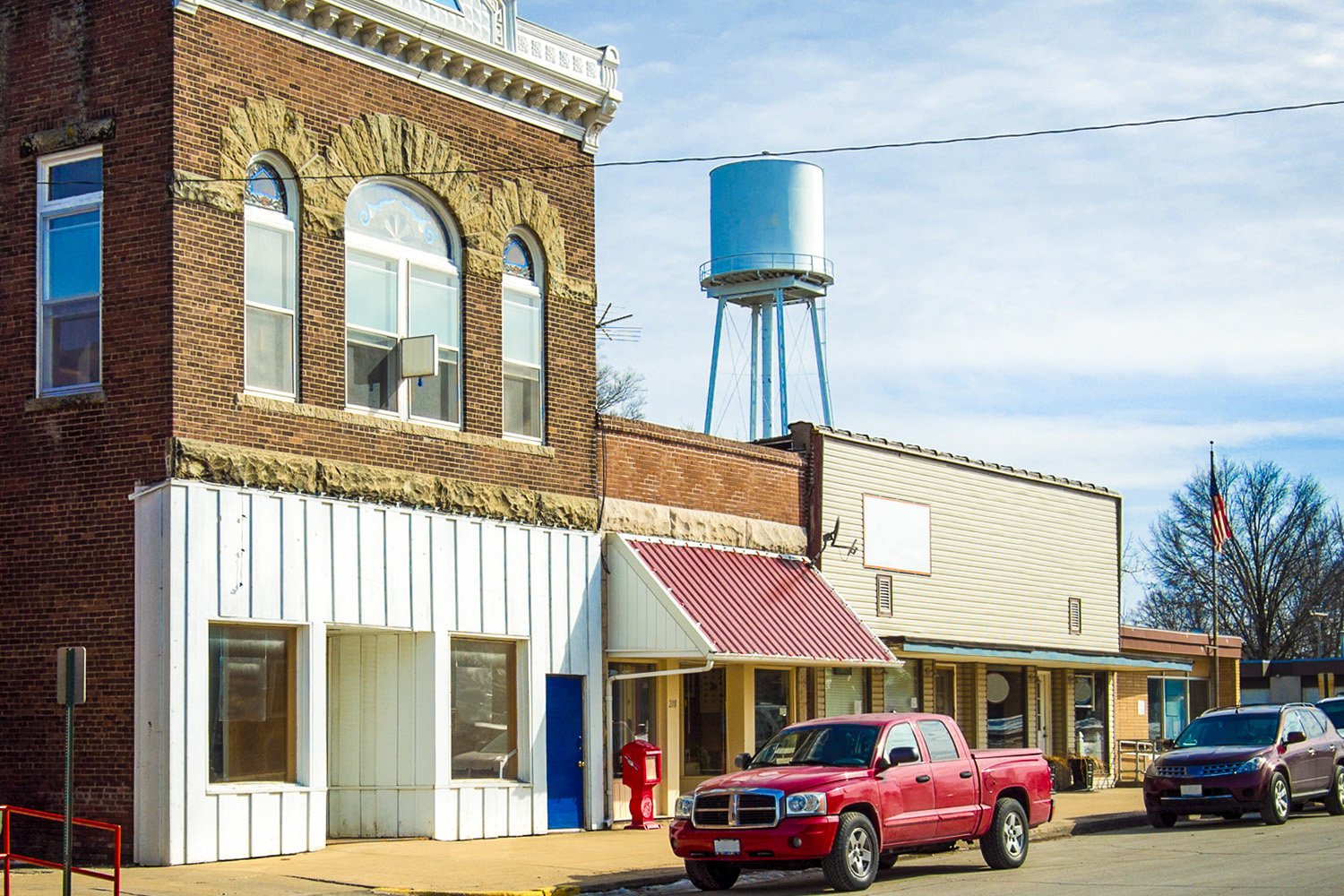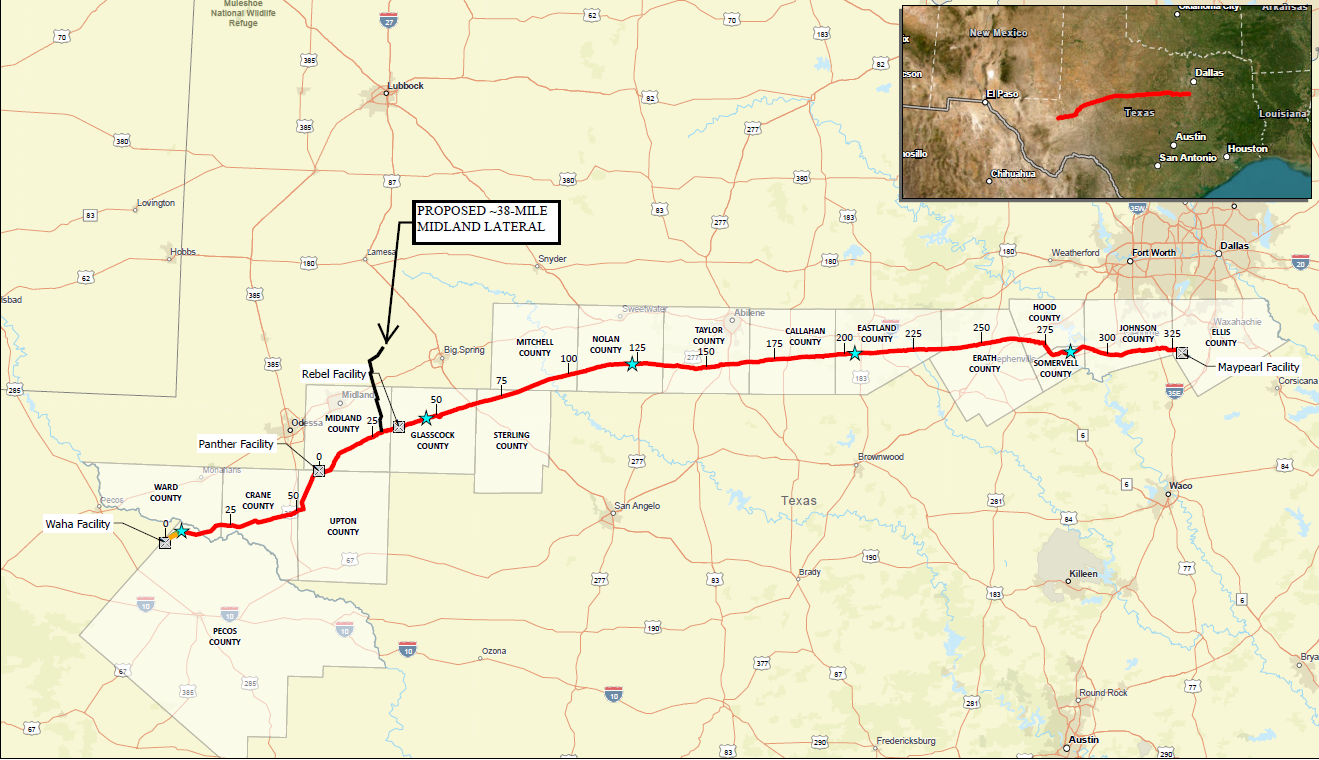Safety
Our top priority is to provide safe and reliable transportation of natural gas. Construction will include visual and Non Destructive Examination (NDE) of every weld that joins sections of pipe together. The pipeline will be tested with water at 1-1.5 times higher-than-normal pressure and regulation devices will be installed to prevent pressure from exceeding safe limits.



